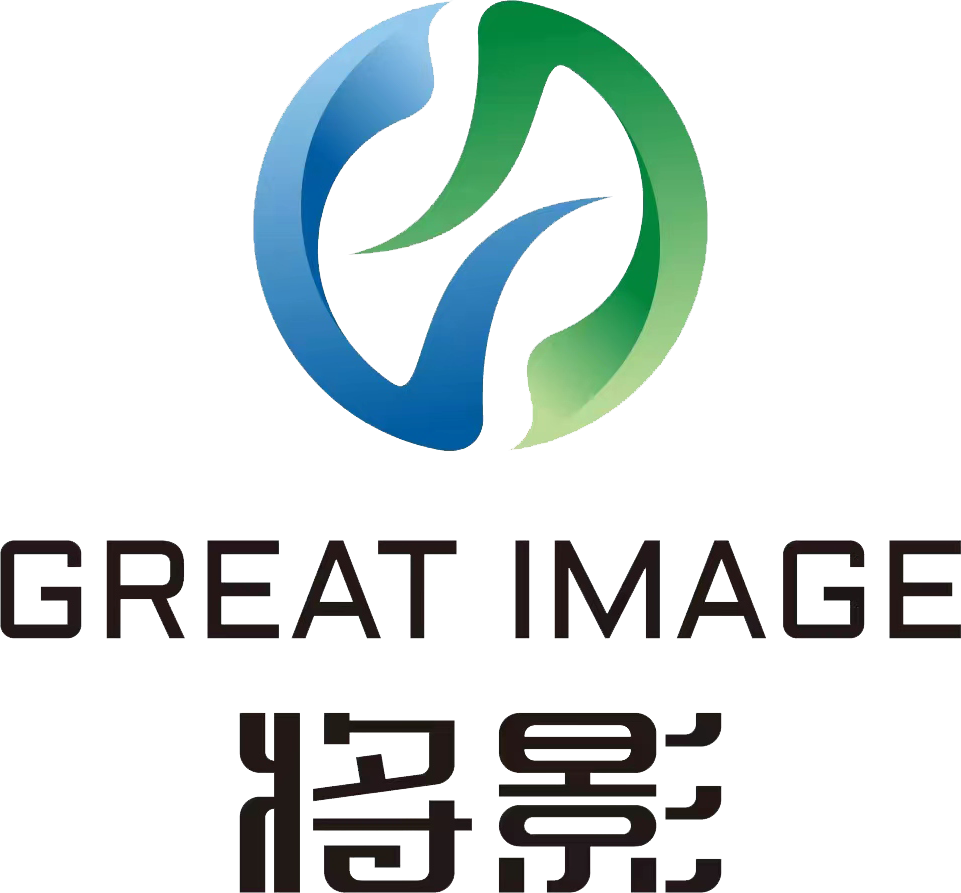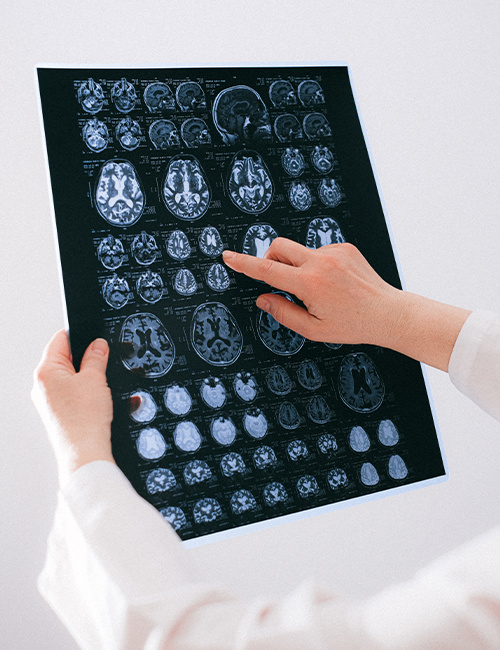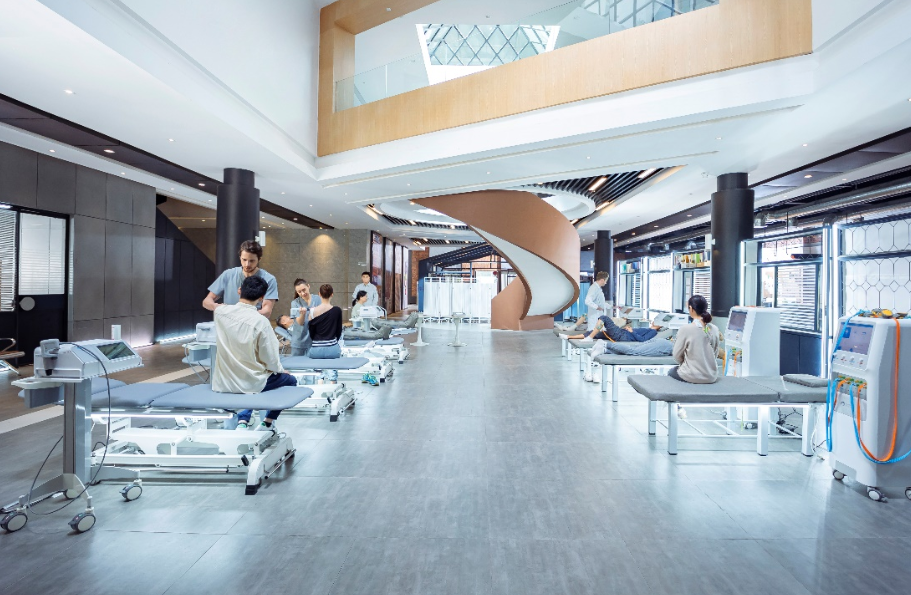Cooperation Cases
A technology-based enterprise engaged in the research and development, production and sales of medical films
FAQ
Independently develop and produce thermal films, medical laser films, medical printing films and other products.
Digital medical films use electronic sensors to capture and store images, eliminating the need for chemical processing. They offer faster image acquisition, easy sharing across platforms, and long - term storage without degradation, unlike traditional films that rely on silver halide emulsion and physical storage.
Common types include X-ray films, CT films, and MRI films. X-ray films are used for general radiography, while CT and MRI films display detailed cross-sectional images of the body, aiding in accurate diagnosis and treatment planning.
The shelf life of medical films typically ranges from 1 to 3 years, depending on the type. Films should be stored in a cool, dry place away from direct sunlight, radiation, and magnetic fields. Maintain a temperature between 10 - 20°C and humidity around 40 - 60% to ensure optimal quality.
Traditional medical films contain silver and other chemicals, making them difficult to recycle. However, some specialized facilities can recover silver through a complex process. Digital medical films, being data - based, do not have the same recycling concerns as physical films.
Ensure proper handling during film development, storage, and display. Use calibrated equipment for exposure and processing. For digital films, regular software updates and equipment maintenance are crucial to maintain accurate image representation.
Yes, medical films should be transported in well - insulated containers to protect them from temperature fluctuations, shock, and radiation. Avoid stacking heavy objects on top of the films, and keep them away from sources of magnetic interference during transit.
After-sale Service
Adhering to the core values of "integrity, innovation, and people-oriented", based on international quality standards, we have built an after-sales services system covering the whole life cycle, and are committed to providing efficient and professional medical product technical support and guarantee to global customers.
Quick response and spare parts supply
The practical experience of more than 600 hospitals in China has created a 24-hour emergency response mechanism:
basic problems can be solved remotely within 2 hours
48-Hour on-site service for complex failures
The spare parts warehouse covers all types of products, and the original parts are directly supplied to ensure the quality of maintenance.
Medical scene customization service
In response to the clinical use needs of medical films, provide:
hospital-end operation training (aseptic operation, performance optimization)
Periodic performance testing (light transmittance, biocompatibility re-inspection)
Trade-in program (extending product lifecycle and reducing customer costs)








